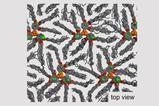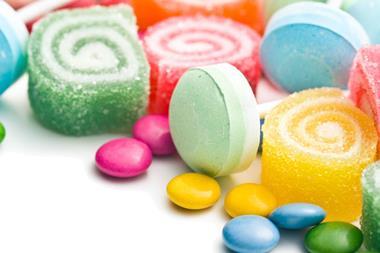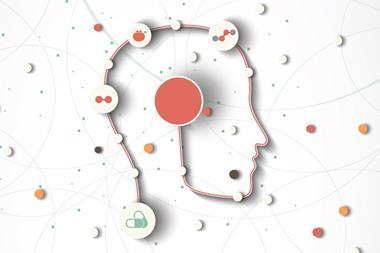Seeds contain 81% of the fruit’s antioxidants

Strawberry seeds, or more precisely achenes, are the main source of the fruit’s bioactive antioxidant compounds, despite being a very small fraction of the fruit. Scientists in Spain and Italy quantified the amount not only in fruits, but also in simulated digested extracts.1
High concentrations of reactive oxygen species (ROS) are dangerous for living cells, and have been linked with a number of diseases. Some bioactive compounds like vitamin C, β-carotene and some phenolic compounds – like flavonoids and anthocyanins – can neutralise ROS and may improve human health.
Achenes represent less than 1% of the total fresh weight of strawberries. Scientists found in 2005 that they contained 10 times higher antioxidant activity than the flesh.2 This new study proves that, besides being more abundant, the antioxidants in achenes have a ‘higher quality’, because they become more bioavailable after digestion.
Researchers showed that common extraction methods underestimate antioxidant levels, so they developed a new in vitro procedure that simulates gastric and intestinal digestions. Using this technique, they discovered achenes account for 81% of the antioxidant capacity of strawberries. The authors believe that achenes should be taken into account in efforts to breed healthier strawberry varieties.
References
1 MT Ariza et al, Int. J. Mol. Sci., 2016, 17, 1103 (DOI: 10.3390/ijms17071103).
2 K Aaby, G Skrede and R E Wrolstad, J. Agric. Food Chem., 2005, 53, 4032 (DOI: 10.1021/jf048001o)

















No comments yet